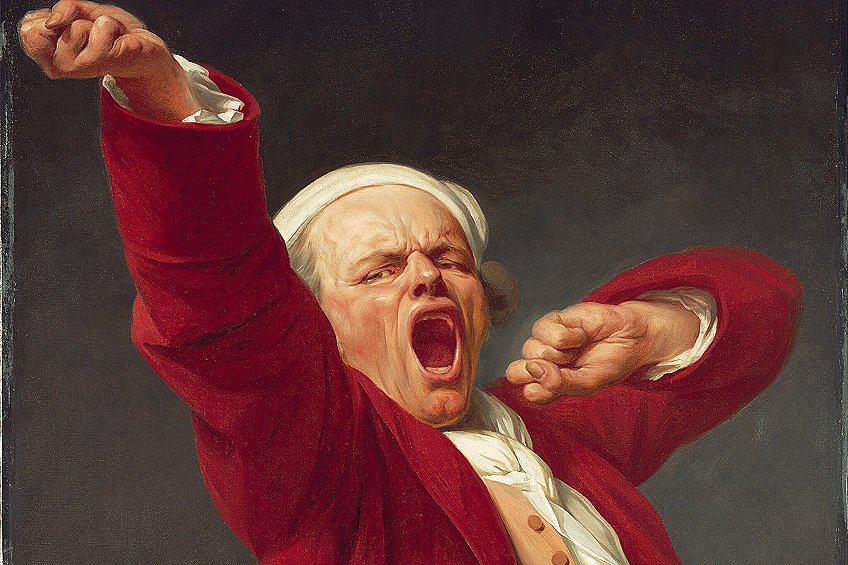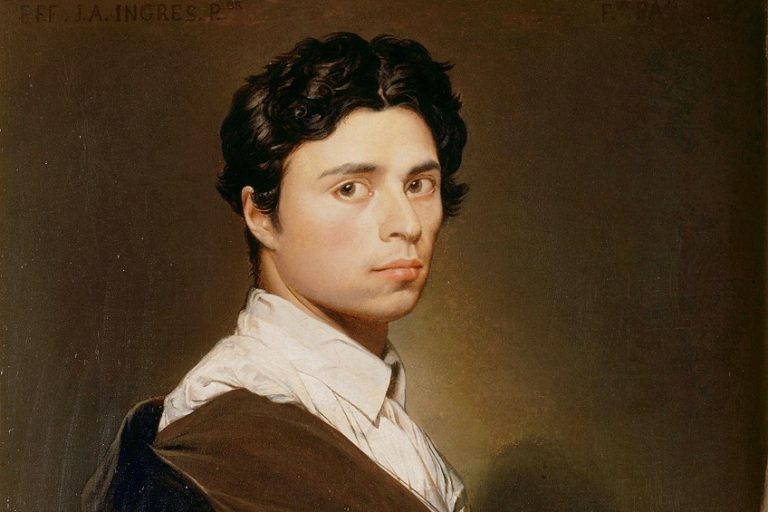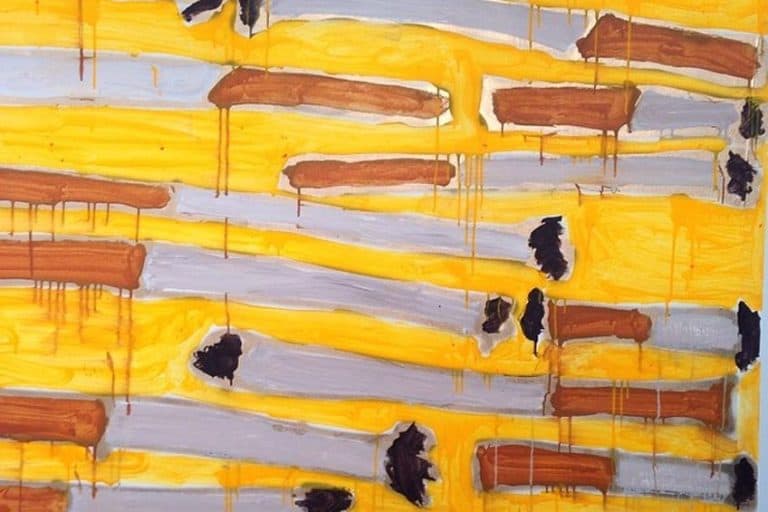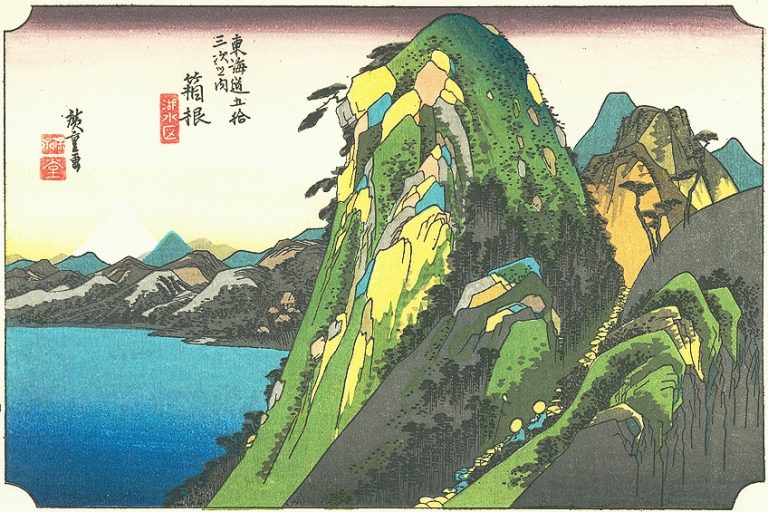Joseph Ducreux – The Master of Expression
Joseph Ducreux, a French painter born in 1735, is celebrated for his witty and satirical portraits that captured the essence of 18th-century European aristocracy. Known for his distinctive style characterized by exaggerated facial expressions and playful compositions, Ducreux’s works offer a unique insight into the social dynamics and humor of his time. His paintings, often accompanied by humorous captions in French, gained renewed popularity in the internet age through meme culture, showcasing the enduring relevance and appeal of his artistic vision. Join us as we delve into the life and artistry of Joseph Ducreux, a master of wit and satire in the world of portraiture!
Key Takeaways
- Joseph Ducreux was a key portraitist at the French court and an accomplished painter known for his expressive self-portraits.
- His career managed to withstand the societal changes during the French Revolution, highlighting his adaptability and talent.
- Ducreux’s legacy includes influencing the portrayal of emotion in art and providing historical insight into a transformative period of French history.
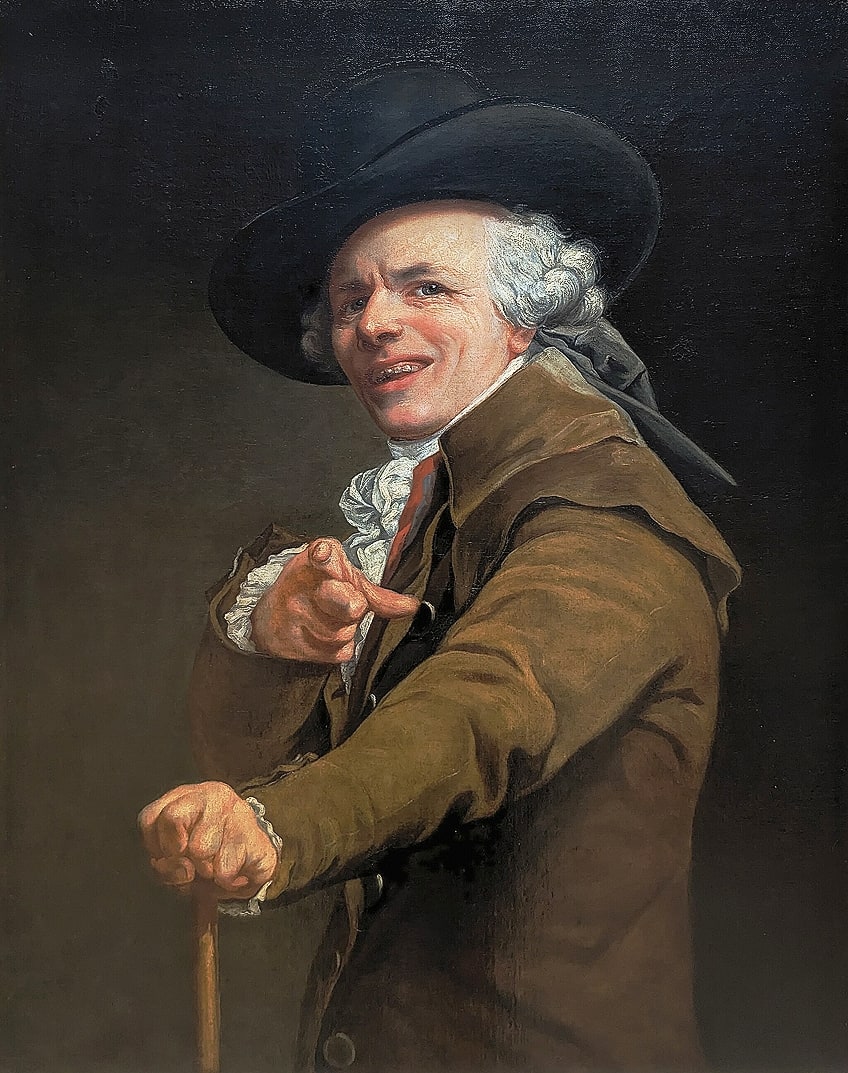
Early Life and Career
| Birth | June 26, 1735 |
| Death | July 24, 1802 |
| Place of Birth | Nancy, Duchy of Lorraine (now France) |
| Genre of Work | Rococo and Neoclassical genres |
| Notable Artworks |
|
Joseph Ducreux, a prominent figure in the world of 18th-century French portrait painting, left an indelible mark on the art world with his skill and unique portrayal of emotion. Ducreux’s early years set a strong foundation for his distinctive journey as a portrait painter. Born into an artistic family, he honed his craft in France and quickly ascended within artistic circles to become a court painter for King Louis XVI and Marie Antoinette.
His artistic talents stretched beyond the typical formal portraits of the era, as he was also known for his self-portraits that showcased a mix of playfulness and sincerity, presenting a rarely seen side of the period’s painting style.
Baron Ducreux’s career spanned a remarkable period in French history, bridging the royal court before the revolution and the turbulent years that followed. His ability to adapt and carry on with his work post-revolution speaks to both his personal resilience and the enduring appeal of his work. Ducreux’s life and art provide a fascinating lens through which to view the shifts in culture and society, from the Ancien Régime to the rise of the bourgeoisie.
Education and Training
Joseph Ducreux was born on June 26, 1735, in Nancy, France. He was the progeny of a family immersed in the arts, with Charles Ducreux, his father, playing an instrumental role in his artistic education. At a young age, he received formal training in painting. His development as an artist was marked by his studies at the Royal Academy in Paris, a prestigious institution that shaped many prominent artists of the time.
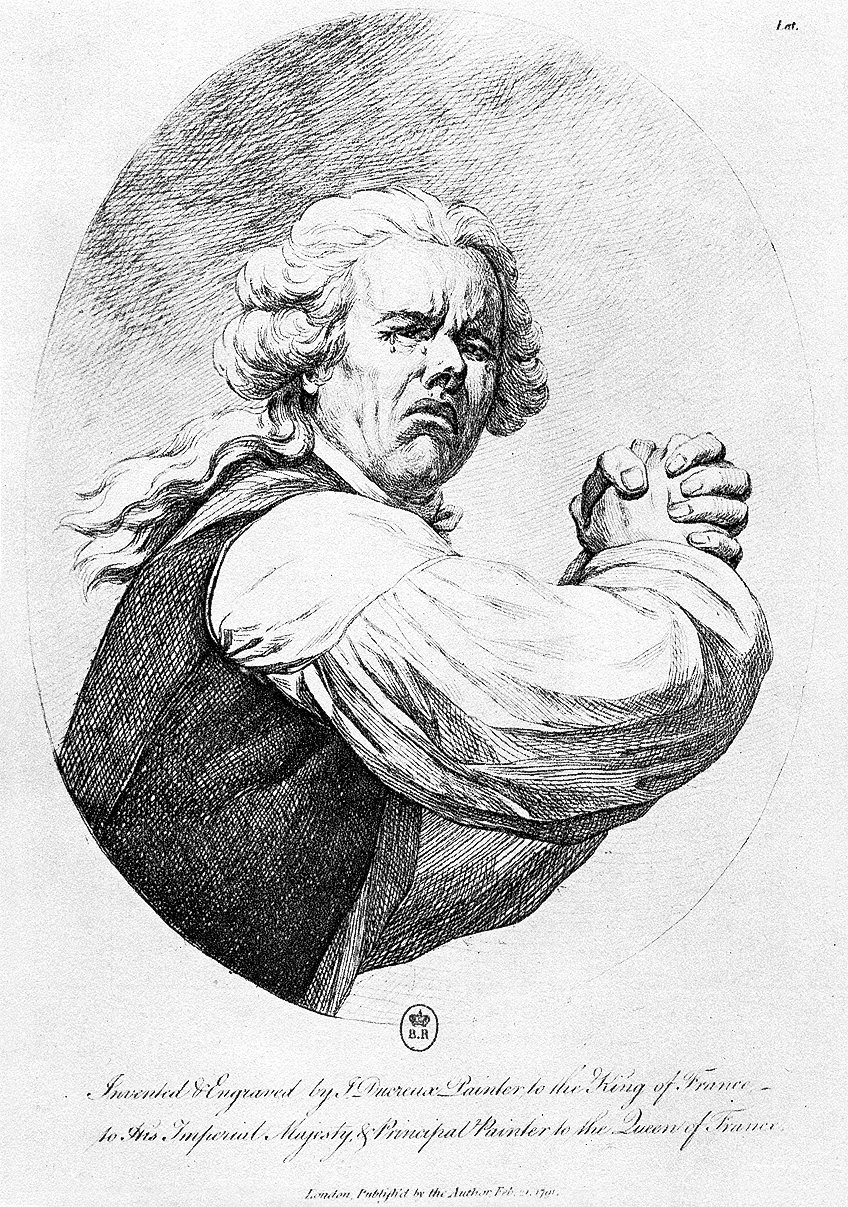
Rise to Prominence
Ducreux’s rise to prominence came with his adeptness in portraiture. His skill attracted the attention of the French royal family, ultimately leading to his appointment as premier peintre de la reine (First Painter to the Queen), Marie Antoinette. During his tenure, he painted numerous portraits, including the last known portrait of King Louis XVI before his execution.
After the onset of the French Revolution, Ducreux spent time in London before returning to a transformed France, where he continued to exhibit his work in the esteemed Salon of Paris.
Artistic Style and Techniques
His artistic style was unconventional for his era, often infusing personality and emotion into his work, particularly in his self-portraits. Ducreux’s paintings frequently reflected his interest in physiognomy—the belief that one’s character could be discerned from their physical features. Utilizing pastel and paint, he captured nuanced expressions and gestures. Providing not just a visual likeness but a glimpse into the souls of his subjects, he was notable for his expressive self-portraits that departed from the more rigid and formal portraits of his peers.

Main Works and Contributions
Joseph Ducreux’s significance in art history is primarily anchored in his portraiture, notably capturing the French aristocracy’s visages during a turbulent era. His adoption of pastel and scrupulous attention to facial expression has distinguished his oeuvre.
Portraits of Royalty
Ducreux was esteemed for his portraits at the Court of Louis XVI. His position as Premier Peintre de la Reine attests to his pivotal role in depicting royalty, including his renowned portraits of Marie Antoinette and Louis XVI of France. Notably, he painted the last portrait ever made of Louis XVI before the king’s eventual demise.
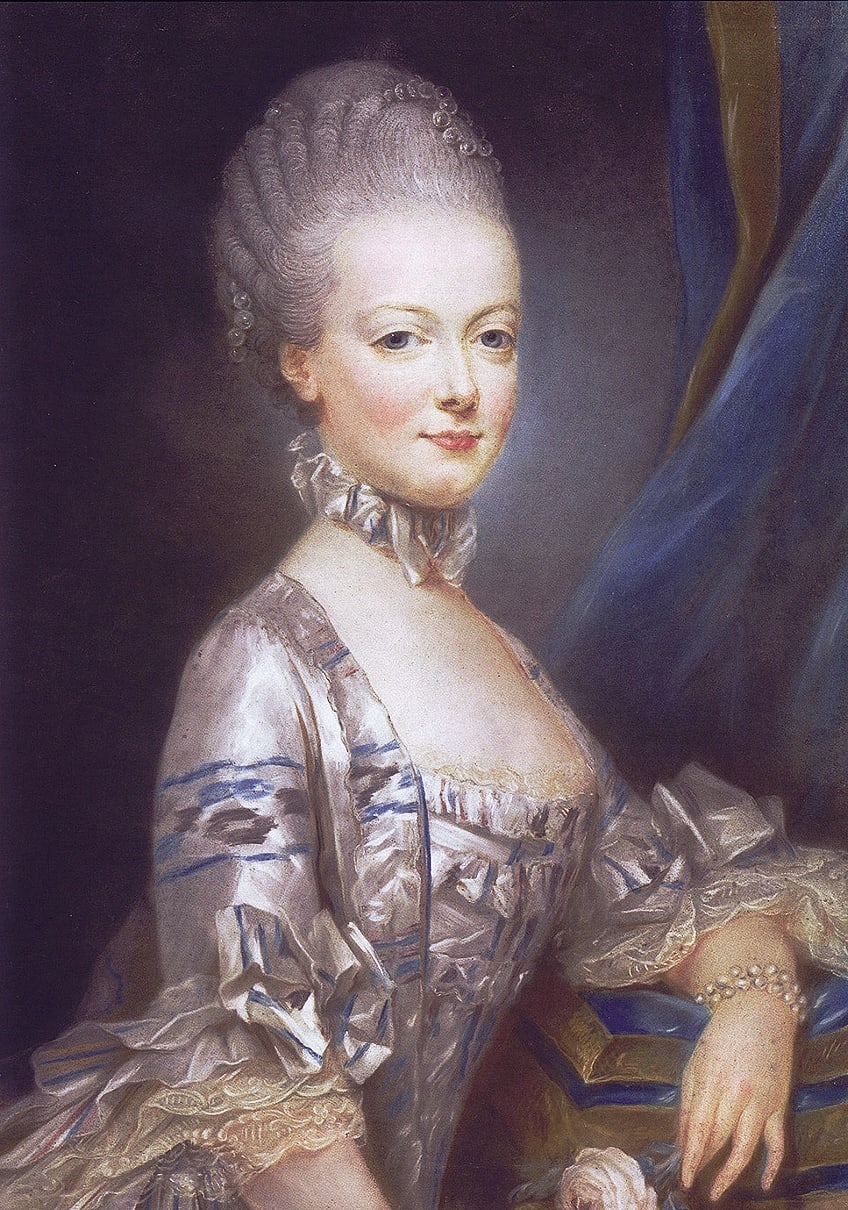
Notable Techniques and Mediums
His tutelage under Maurice Quentin de la Tour, a master of pastel portraiture, greatly influenced Ducreux’s technique. He skillfully applied pastel, a medium known for its soft textures and vibrant hues, to capture the delicate features of his subjects. Beyond pastel portraiture, he was also adept as a miniaturist and engraver, expanding his repertoire in the art world.
His self-portraits are noted for their exploration of expression, a study influenced by the works of Jean-Baptiste Greuze.
Notable techniques of his included his mastery in pastel portraiture, as well as his incorporation of facial expressions, inspired by Greuze. Ducreux’s works are a testament to his versatility and precision as an artist in multiple mediums and are featured in distinguished institutions such as the Louvre.
Legacy and Influence
Joseph Ducreux’s career as a prominent artist of the 18th century has left a considerable mark on the world of art, influencing generations and permeating contemporary culture in unexpected ways.
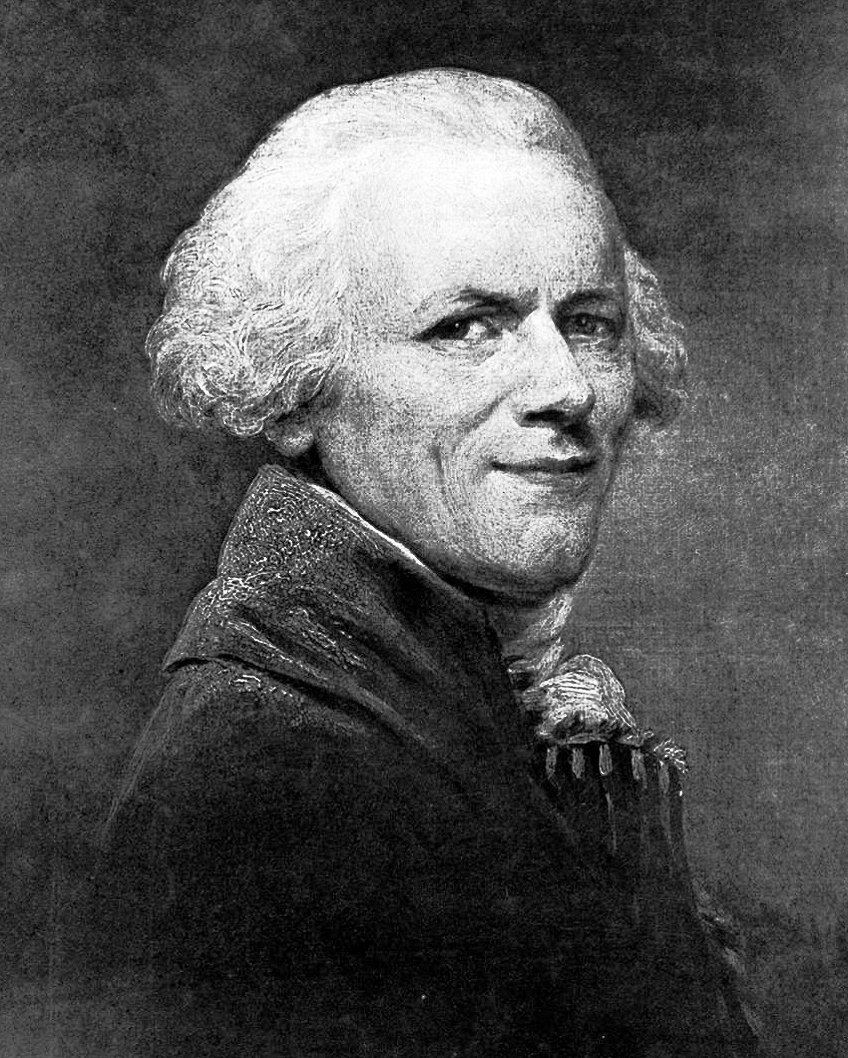
Roles and Appointments
Ducreux held esteemed positions throughout his career, reflecting his reputation as an exceptional portraitist. He was appointed as the premier peintre de la reine (First Painter to the Queen) to Maria Theresa of Austria. His contributions to portraiture continue to be recognized; works such as his self-portrait, The Guise of a Mocker, are often cited for their unique depiction of facial expressions, which veer from standard portraiture of the time.
At the Royal Academy of Painting and Sculpture, his influence was felt by peers and those who succeeded him.
Impact on Later Generations
Joseph Ducreux was trained by Maurice Quentin de la Tour, known for his work in pastels, and he further developed his art under the influence of Jean-Baptiste Greuze’s oil painting techniques. Ducreux’s works are held in high esteem at institutions such as the Getty Center, contributing significantly to their gallery collections. His attention to emotional expression paved the way for artists like Jacques-Louis David. Additionally, his children, Rose-Adélaïde Ducreux and Antoinette-Clémence Ducreux, followed in their father’s footsteps, engaging with the arts as a painter and a musician, respectively.

Influence of Joseph Ducreux Today
The legacy of Joseph Ducreux has extended beyond traditional art spaces. In the internet era, his self-portrait with an exaggerated expression became an internet meme that parallels the concept of “archaic rap.” This phenomenon has introduced Ducreux’s work to the digital age, showcasing his lasting relevance and the adaptability of his art to modern forms of social expression.
His image is now part of a cultural dialogue that continues to engage a diverse audience beyond the art community.
Joseph Ducreux and Meme Culture
Joseph Ducreux’s connection to meme culture today is a testament to the enduring appeal of his witty and expressive portraits. Through the lens of internet humor, Ducreux’s paintings have been repurposed with humorous captions that add a modern twist to his 18th-century art. This phenomenon has not only brought renewed attention to Ducreux’s work but also sparked creative reinterpretations and cultural connections across generations.

Memes featuring Joseph Ducreux’s paintings often play on contemporary themes, blending historical imagery with relatable and often absurd captions. This fusion of past and present not only highlights the universality of humor but also underscores the way in which art can transcend its original context to resonate with diverse audiences in the digital age.
Joseph Ducreux’s legacy as an artist extends far beyond his era, resonating with contemporary audiences through his timeless humor and artistic innovation. His ability to blend satire with masterful portraiture continues to captivate art enthusiasts and meme enthusiasts alike, bridging centuries with a shared appreciation for wit and creativity. Ducreux’s influence on art and popular culture serves as a testament to the enduring power of artistic expression, inspiring generations to explore the intersection of humor, satire, and visual artistry.
Frequently Asked Questions
What Mediums Did Joseph Ducreux Primarily Use in His Artwork?
Joseph Ducreux was adept in a range of artistic mediums. He primarily used pastels and oil paints for his portraits. His mastery in these mediums earned him acclaim, particularly for the lifelike representation and character of his subjects.
What Is the Historical Significance of Joseph Ducreux’s Self-Portraits?
Ducreux’s self-portraits are historically significant for their unique blend of realism and expressive style. They provide insight into the societal and cultural shifts during the French Revolution. His self-depictions also shed light on the evolution of portraiture in the late 18th century.
Isabella studied at the University of Cape Town in South Africa and graduated with a Bachelor of Arts majoring in English Literature & Language and Psychology. Throughout her undergraduate years, she took Art History as an additional subject and absolutely loved it. Building on from her art history knowledge that began in high school, art has always been a particular area of fascination for her. From learning about artworks previously unknown to her, or sharpening her existing understanding of specific works, the ability to continue learning within this interesting sphere excites her greatly.
Her focal points of interest in art history encompass profiling specific artists and art movements, as it is these areas where she is able to really dig deep into the rich narrative of the art world. Additionally, she particularly enjoys exploring the different artistic styles of the 20th century, as well as the important impact that female artists have had on the development of art history.
Learn more about Isabella Meyer and the Art in Context Team.
Cite this Article
Isabella, Meyer, “Joseph Ducreux – The Master of Expression.” Art in Context. March 26, 2024. URL: https://artincontext.org/joseph-ducreux/
Meyer, I. (2024, 26 March). Joseph Ducreux – The Master of Expression. Art in Context. https://artincontext.org/joseph-ducreux/
Meyer, Isabella. “Joseph Ducreux – The Master of Expression.” Art in Context, March 26, 2024. https://artincontext.org/joseph-ducreux/.


